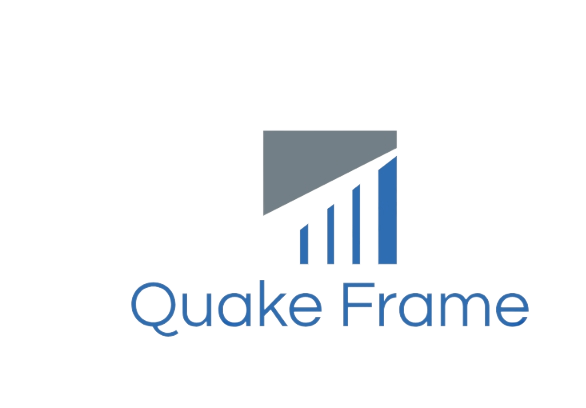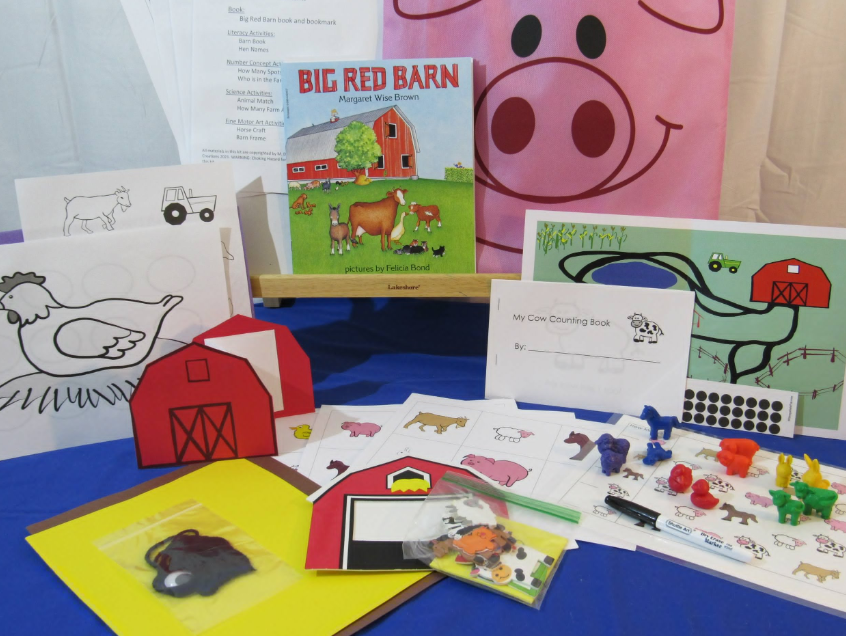Art has long been an esteemed medium for expressing creativity and emotions, evolving through countless forms from classical paintings to modern installations. In today’s fast-paced environment, ready made art has surged in popularity among both artists and art lovers. This genre has altered perceptions of artistry and craftsmanship while expanding accessibility to artistic experiences.
The Rise of Ready-Made Art in Modern Culture
Ready-made art catapulted into the art scene in the early 20th century, most notably with Marcel Duchamp’s iconic piece “Fountain.” By presenting everyday objects as art, Duchamp challenged traditional views about art-making and its associated creative processes. Today, this trend has become intertwined with contemporary lifestyles, reflecting a shift towards more pragmatic forms of expressionism.
This form of art aligns perfectly with the modern inclination for efficiency and immediacy. People’s growing appetite for quickly accessible, aesthetically pleasing content that can easily integrate into their busy lives is one of the key drivers behind the proliferation of ready-made art. It provides a platform for personal expression without the deep investment of time typically required by traditional art forms.
Moreover, ready-made art serves as a commentary on consumerism and mass production, allowing artists to repurpose commercial objects for creative commentary. It sparks conversations about the value of objects and the nature of art itself, making art an everyday encounter rather than something kept on a distant pedestal.
Accessibility and Creativity
One of the greatest impacts of ready-made art is its broad appeal. People who might not visit galleries or museums can experience and relate to artworks made from everyday objects. For instance, oshc craft kits incorporate elements of ready-made concepts, combining them with do-it-yourself (DIY) activities, hence making art creation accessible to children and adults alike.
Educational institutions and community centres have embraced these concepts, integrating simple, ready-made materials in art classes and workshops. Ready-made elements foster an inclusive environment where art becomes accessible to everyone, encouraging more people to engage with artistic processes in everyday settings.
Future Implications
As society continues to evolve, ready made art may play an increasingly significant role in shaping cultural narratives and aesthetics. Its ease of integration into daily life and the powerful dialogues it fosters can bridge the gap between the public and high art. Additionally, it promotes sustainability by repurposing objects and materials that might otherwise contribute to waste.
Conclusion
The continued fascination with ready made art reflects a paradigm shift in how we perceive and consume art. It challenges the norm, invites widespread participation, and democratizes the creation and appreciation of art. As we move forward, this form of expression stands to not only shape artistic trends but also encourage more inclusive and thoughtful engagement with the art world.

